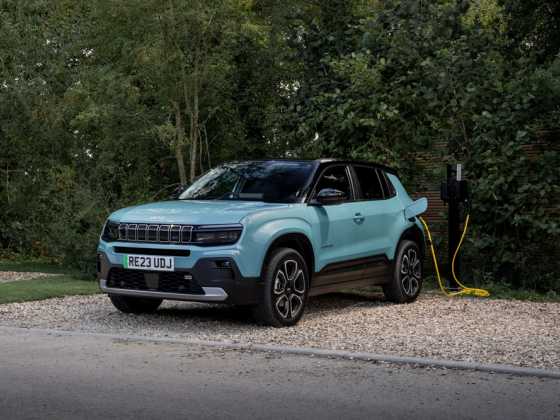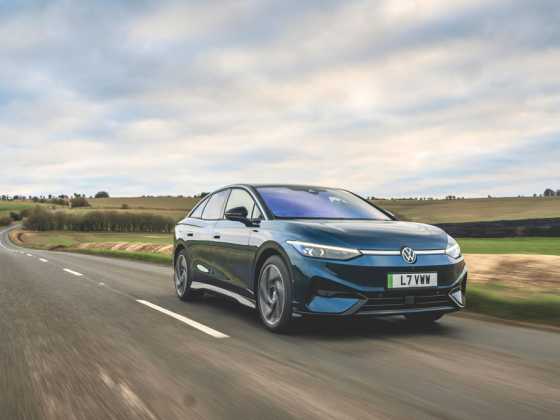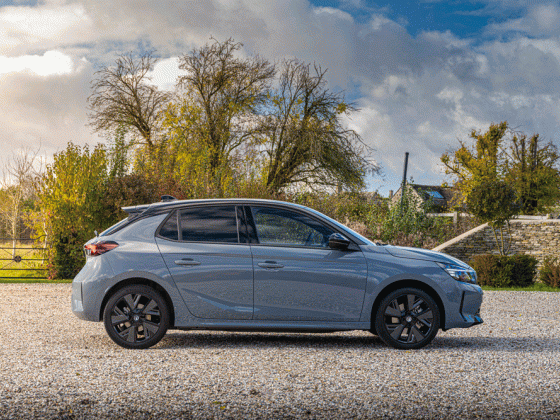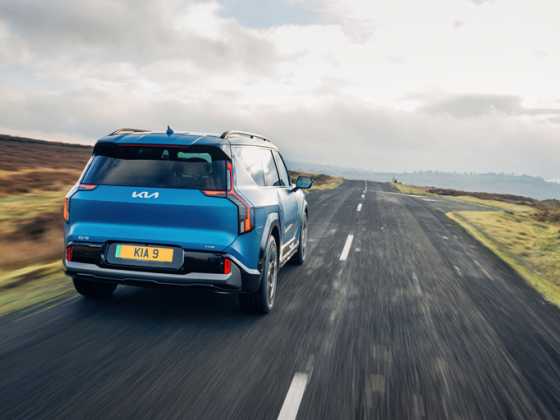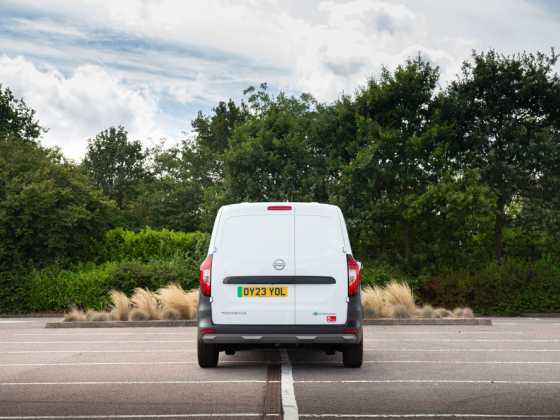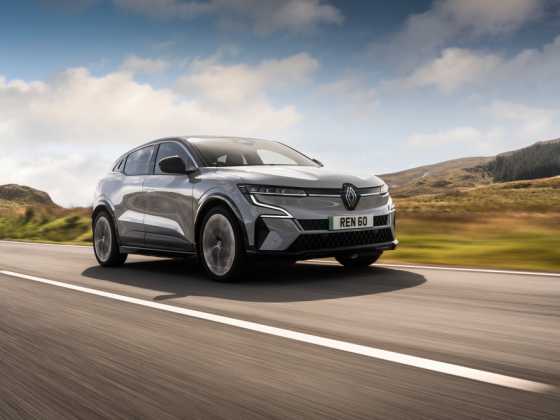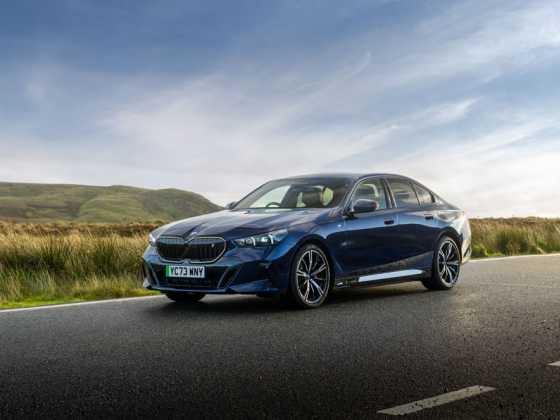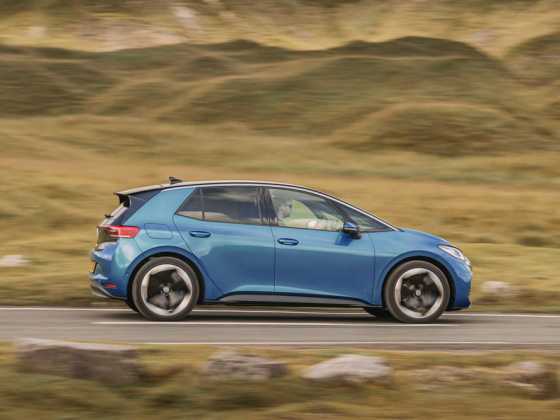First drive: Peugeot Partner SE L2 Electric
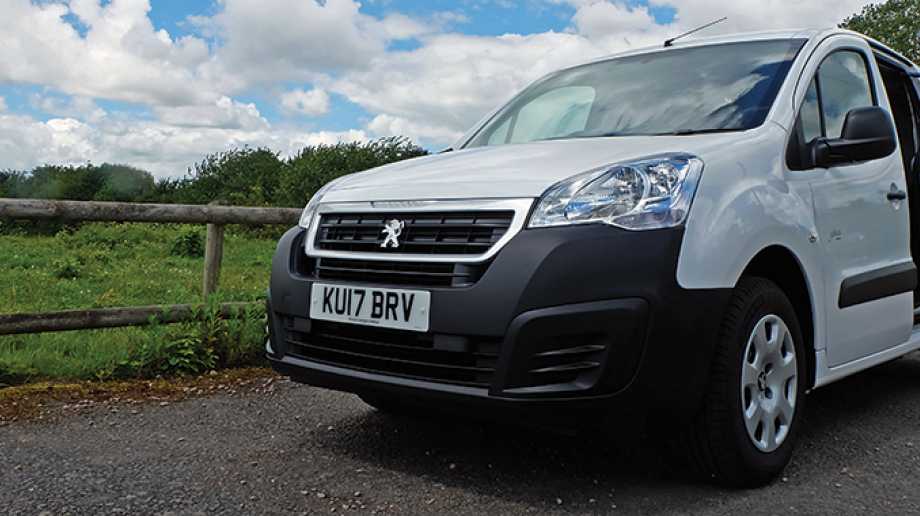
Richard Gooding finds that a greater load length adds to the practicality of the all-electric version of Peugeot’s small commercial
What is it?
Similarly to the latest all‑electric version of the Citroën Berlingo (GreenFleet issue 107), Peugeot has launched a new zero‑emission variant of its light commercial.
Like its Citroën sister, the big news is the arrival of an ‘L2’ version, with a greater 250mm load length, which joins the familiar ‘L1’ model.
A shared heritage with the popular Berlingo saw a first-generation Partner Electric land in 1998, with a second‑generation model launched in 2013. A refresh in 2015 ensured the small Peugeot was up‑to‑date, while the greater load length model was unveiled earlier this year.
How practical is it?
The Partner SE L1 Electric has a payload of 636kg, and a carrying capacity of 3.3m3, but the L2 version sees the cargo capacity extend to 3.7m3.
This can grow further to 4.1m3 – 3.7m3 on the smaller L1 – thanks to the multiflex folding passenger bench seat, which also sees the load length extended even more to 3,250mm.
On both versions of the all-electric Partner, the 22.5kW lithium‑ion battery packs are fitted under the loadspace floor, therefore meaning the all‑important interior cargo dimensions are the same as their diesel‑engined relatives.
While the Partner SE L1 Electric has a sliding door on the nearside and asymmetric rear opening doors, the L2 boasts twin sliding side doors.
What range does it have?
By using the 49kW (67bhp) permanent magnet synchronous electric motor/22.5kWh lithium‑ion battery pack drivetrain, the Peugeot Partner SE L2 Electric features the same official quoted range of up to 106 miles, or, a more authentic 80-90 miles in ‘real-world’ conditions.
How long does it take to charge?
A 16A Type 2 charging cable comes as standard with both L1 and L2 versions of the Partner Electric, and it is compatible with the majority of UK public charging points.
This takes eight hours to refill the battery, while a 13A household/domestic socket replenish will take around 10 hours.
Both Partner L1 and L2 variants’ batteries can be recharged to 80 per cent of their capacity in 30 minutes from a 50kW (DC) CHAdeMO rapid charge point.
In November 2016, the UK government also announced a workplace grant for charge points which enables electric vehicle customers to gain a reduction in the cost of electric charge points.
How does it drive?
Just as before, the Partner Electric’s all‑electric powertrain drives the front wheels through a speed reducer and single ratio gearbox.
Acceleration is brisk off the line as you’d expect, thanks to the electric motor’s 148lb ft (200Nm) of torque from rest.
The overall impression is that it’s just the same as driving an internal combustion‑engined LCV, apart from the very obvious lack of noise.
Around urban areas, the electric small Peugeot commercial is nippy and easy to use, its compact size making it a cinch to thread through town and city centres, somewhere the French EV will spend a lot of its time with the Royal Mail (see panel).
Just as in an electric car, the drive motor also provides regenerative braking under deceleration. This aids battery recharging and also reduces wear on the brakes, therefore bringing cost savings when it comes to maintenance bills.
What does it cost?
The larger-capacity Peugeot Partner SE L2 Electric is priced from £22,180 excluding VAT and on‑the‑road costs, while the smaller L1 version of the French all-electric LCV challenger starts at £21,750.
The UK’s Office of Low Emission Vehicles’ Plug-in Van Grant (PiVG) from also discounts 20 per cent of the price including VAT, excluding on-the-road costs, and is worth up to £5,323.20 (reduced accordingly when a manufacturer discount is offered).
How much does it cost to tax?
Just as with other zero‑emission and all‑electric offerings, Peugeot Partner Electric vans are exempt from UK Vehicle Excise Duty (VED), which brings a further saving of £230 per year when compared to diesel rivals.
There are other savings, too, as Partner Electric drivers in London will be eligible for the Ultra-Low Emission Discount (ULED) which gives a 100 per cent exemption from the London Congestion Charge, worth £2,000 per year. Selected London boroughs also offer free parking permits for electric vehicles: another potential £1,750 annual saving.
Why does my fleet need one?
The Partner SE L2 Electric offers all more practicality than the smaller L1 version, and offers quite large potential savings when compared to traditional diesel‑engined vans. Although its range means it’s perfectly suited to urban deliveries, the lack of VED costs also helps the Peugeot EV’s case.
As well as the electric commercial variant of the Partner, Peugeot now offers the passenger‑carrying version as an EV.
The Partner Tepee Electric is capable of over 100 miles on all-electric power, and can be set to charge remotely via a smartphone, while the Tepee Electric can be rapid charged to 80 per cent in 30 minutes.
Peugeot has also secured an order for 100 Partner L2 Electric vans from Royal Mail. The vans will be used for local deliveries, and will go into service from December 2017.

